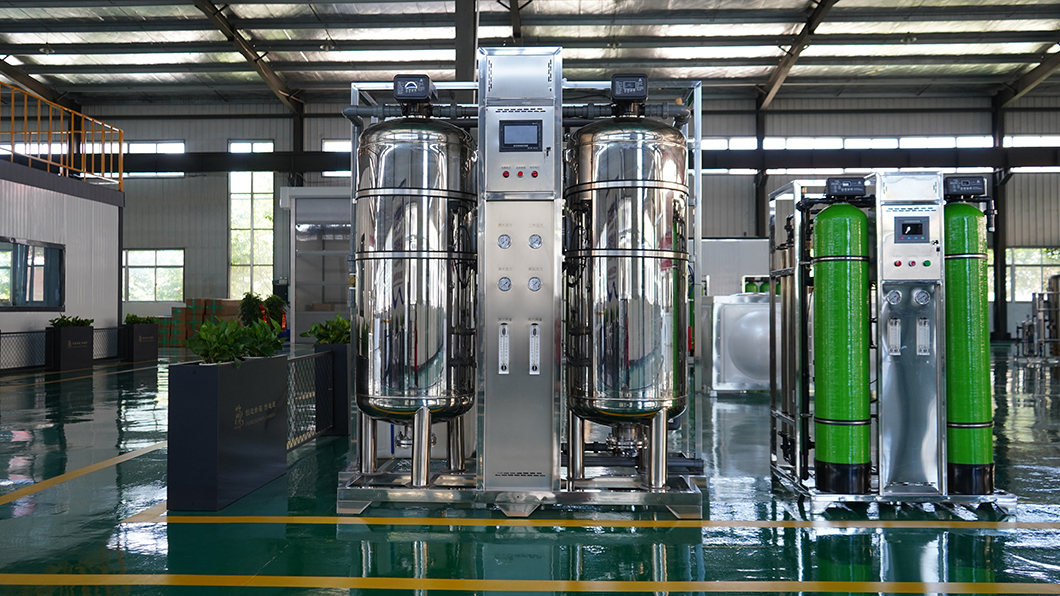Advantages and Disadvantages of Pre-filtration Sand Tanks and FRP Filter Tanks
Advantages of Pre-filtration Sand Tanks
Pros:
High Filtration Efficiency: Pre-filtration sand tanks can effectively remove suspended solids, silt, and other large particulate impurities from water, enhancing its clarity and quality.
Low Cost: Compared to other water treatment equipment, pre-filtration sand tanks have a lower manufacturing cost, making them suitable for large-scale promotion and application.
Simple Operation: The operation of pre-filtration sand tanks is relatively straightforward, requiring no complex procedures or maintenance processes.
Wide Applicability: Pre-filtration sand tanks are applicable to various water quality conditions, especially in areas with poor water quality, where their filtration effect is more pronounced.
 Cons:
Cons:
Regular Maintenance Required: The filter media (such as quartz sand) in pre-filtration sand tanks gradually wear and become clogged over time, necessitating regular cleaning and replacement, which increases maintenance costs.
Limited Filtration Precision: While pre-filtration sand tanks can remove large particulate impurities, their filtration effect may be insufficient for some tiny particles and dissolved substances.
Potential Impact on Water Pressure: Pre-filtration sand tanks can exert some resistance on water flow during filtration, affecting water pressure. In locations requiring higher water pressure, additional pressure-boosting equipment may be necessary.
Advantages and Disadvantages of FRP Filter Tanks
Pros:
Strong Corrosion Resistance: Made from corrosion-resistant materials, FRP filter tanks can resist the erosion of various chemicals, making them suitable for long-term use in harsh environments.
Lightweight and High Strength: FRP filter tanks are lightweight, facilitating installation and transportation. Additionally, they have high strength and can withstand significant loads and pressures.
Excellent Filtration Effect: By filling with different filter media (such as activated carbon, quartz sand, etc.), FRP filter tanks can remove suspended solids, colloids, pigments, and other impurities from water, improving its quality.
Wide Applicability: FRP filter tanks can be customized according to different water qualities and treatment requirements, meeting the needs of various application scenarios.
 Cons:
Cons:
Higher Cost: Due to the higher cost of FRP materials, the manufacturing cost of FRP filter tanks is also relatively high.
High Technical Requirements: The design, manufacture, and installation of FRP filter tanks require certain technical support and experience, posing higher requirements for the professional knowledge and skills of operators.
Potential Aging Issues: Although FRP materials have excellent corrosion resistance, they may still age over long-term use due to factors such as ultraviolet radiation and oxidation, necessitating regular inspection and maintenance.
In summary, both pre-filtration sand tanks and FRP filter tanks have their advantages and disadvantages. In practical applications, comprehensive consideration and selection should be based on specific water quality conditions, treatment requirements, economic costs, and other factors.